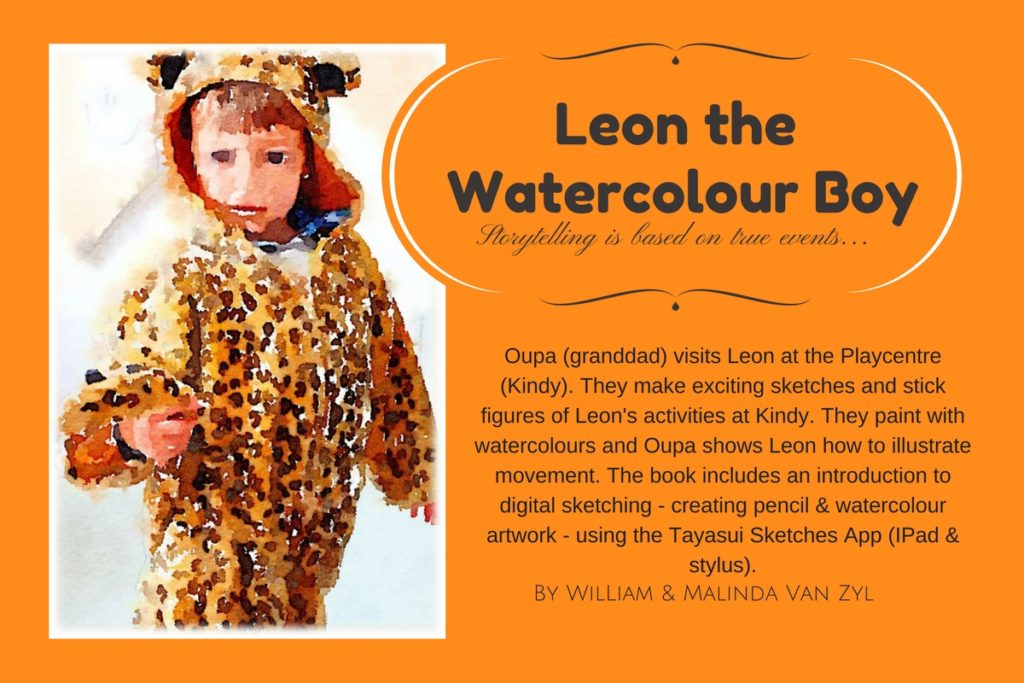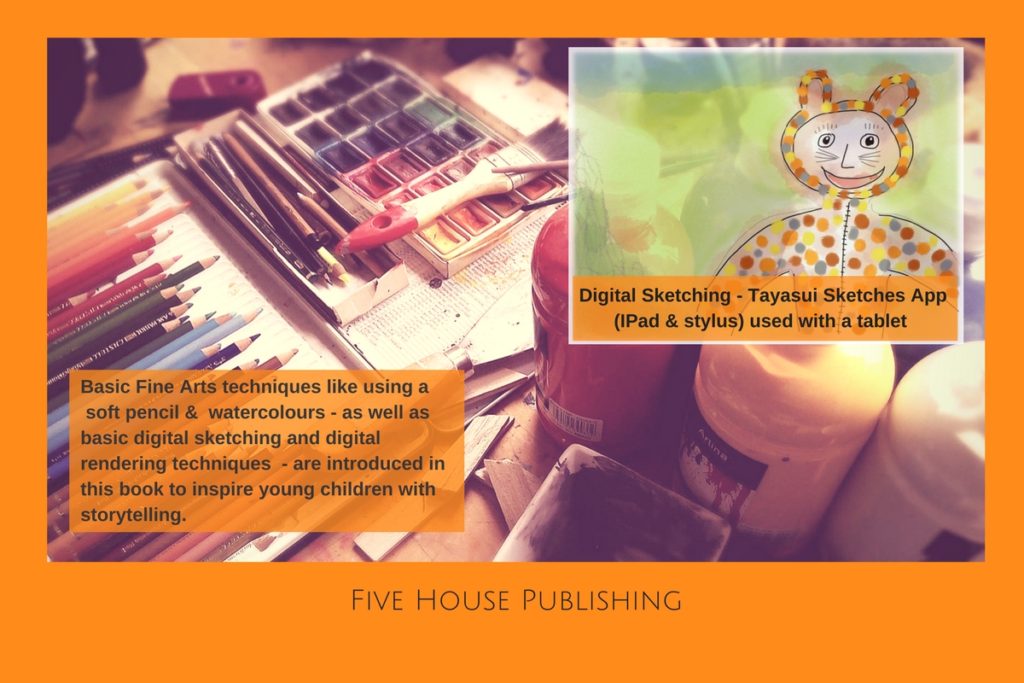Description
FOR PARENTS AND CAREGIVERS:
What Do Pre-schoolers Learn Differently From Watercolour Painting?
They learn to be more delicate: Watercolour painting involves using a small brush to paint light strokes onto watercolour paper which is more firm and stable (300 gsm). GSM = grams per square meter. The delicacy of watercolour painting, unlike painting with heavier media such as poster board paints, requires a degree of gentleness and precision. Practicing these skills will facilitate and promote a preschooler’s fine-motor skills, which are crucial to his/her development at a preschool and primary school stage. From watercolour painting, a preschooler will learn how to coordinate the small movements of his/her fingers to produce a work of art. This will aid in his/her long-term ability to write, manipulate tools and objects, and perform other small movement-based tasks essential to everyday life.
Explore the basics of tonal values, shadows and textures: Opportunities for creative thinking reinforces a preschooler’s ability to engage with the world in a new and novel way. This promotes inquiry, reflection and critical-thinking skills. So go ahead and let your preschooler paint a blue sun or a red bunny rabbit – it will only reinforce his/her cognitive skills and his/her ability to interpret and respond to the world in meaningful and insightful ways later!
Tools and equipment: Use non-toxic watercolour paint with preschoolers. Invest in watercolour paper it is designed to enhance the experience and assists with the ‘flow’ of the water and paint on the page. The watercolour paper will allow children to create a more sophisticated and detailed sketch or painting. Show them some famous artist’s work and ask them to come up with their own version. It is a great way to introduce them to the world of art and develop their appreciation of fine art, different techniques, and different styles. It will build their knowledge and confidence as an artist!













